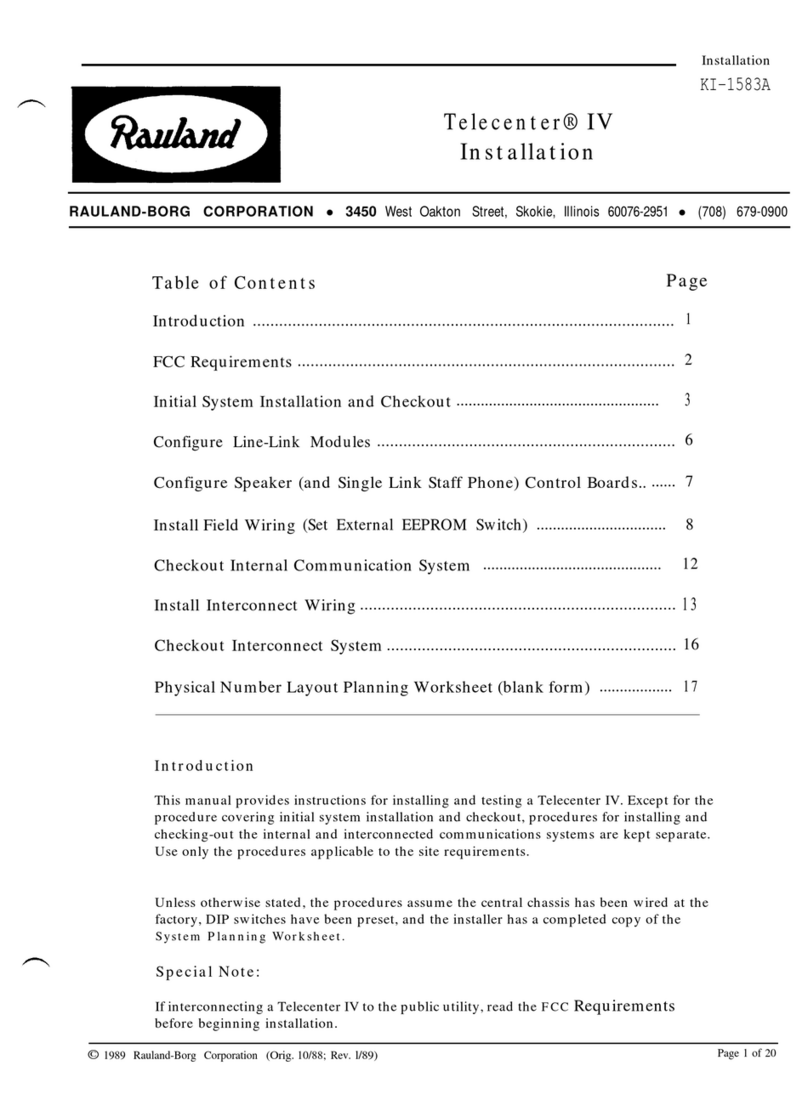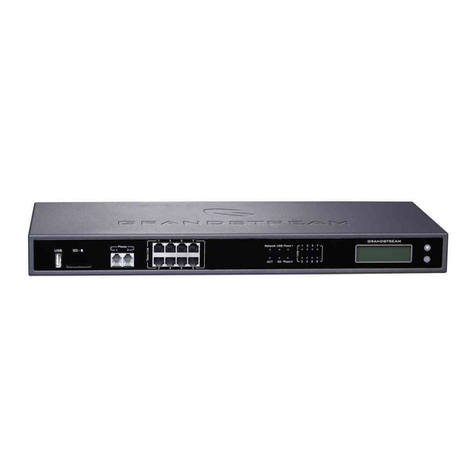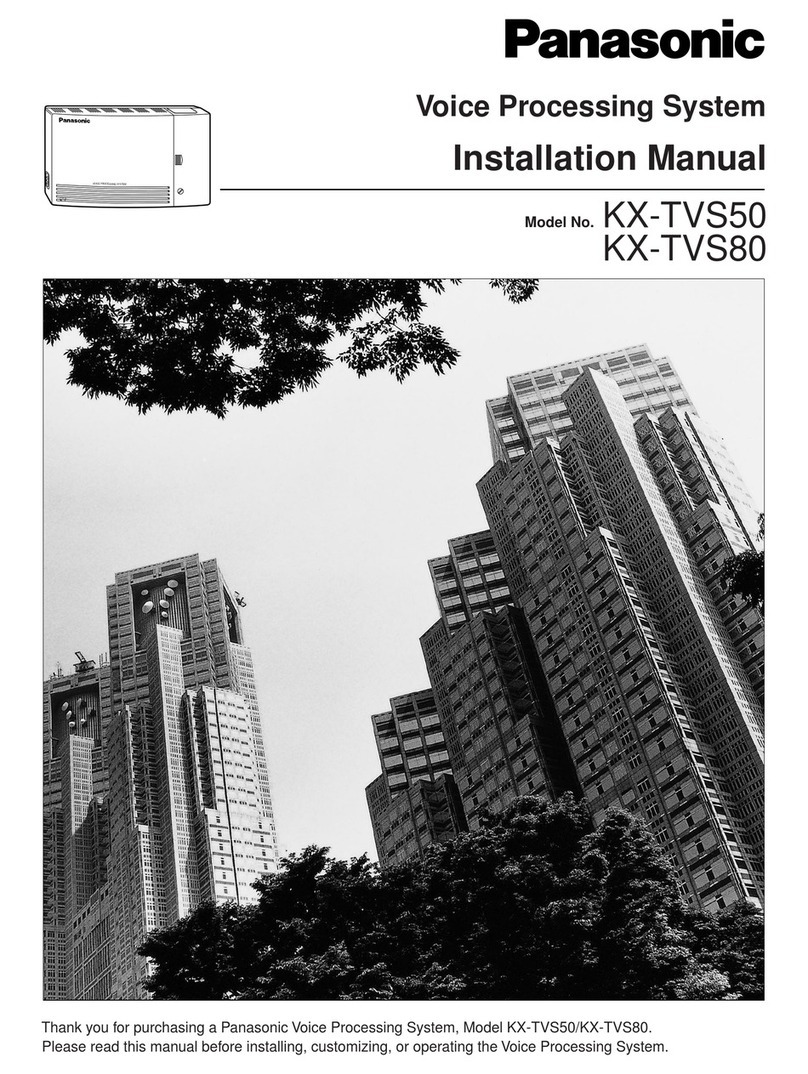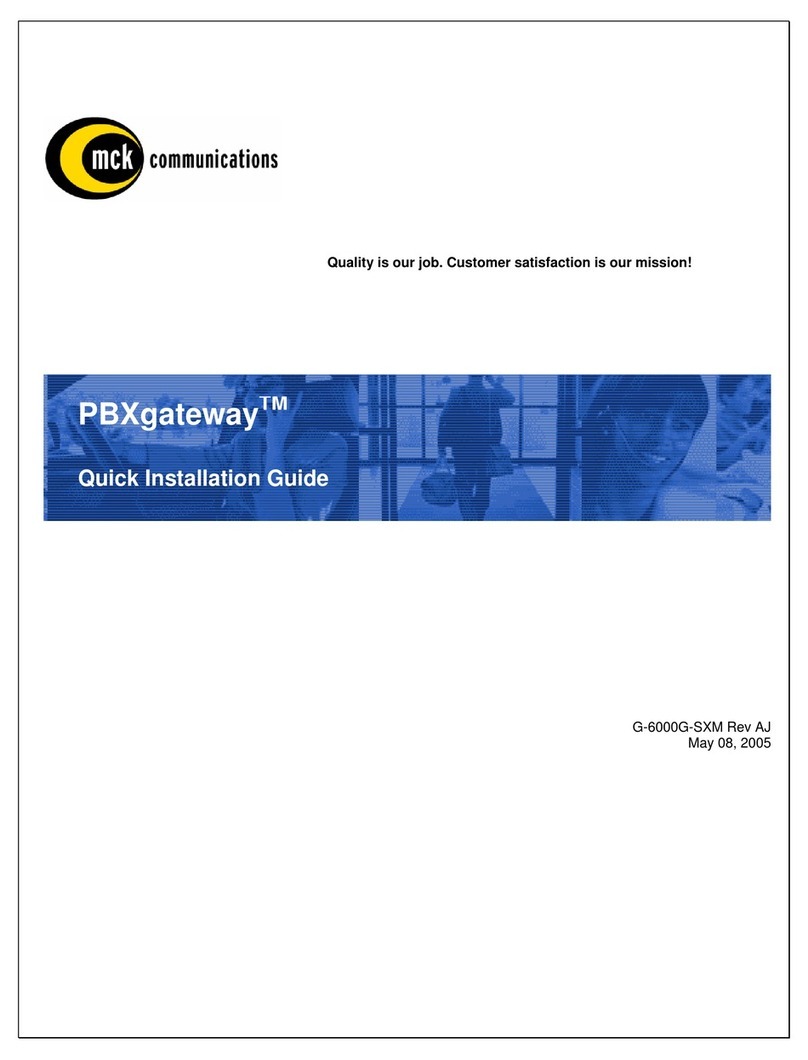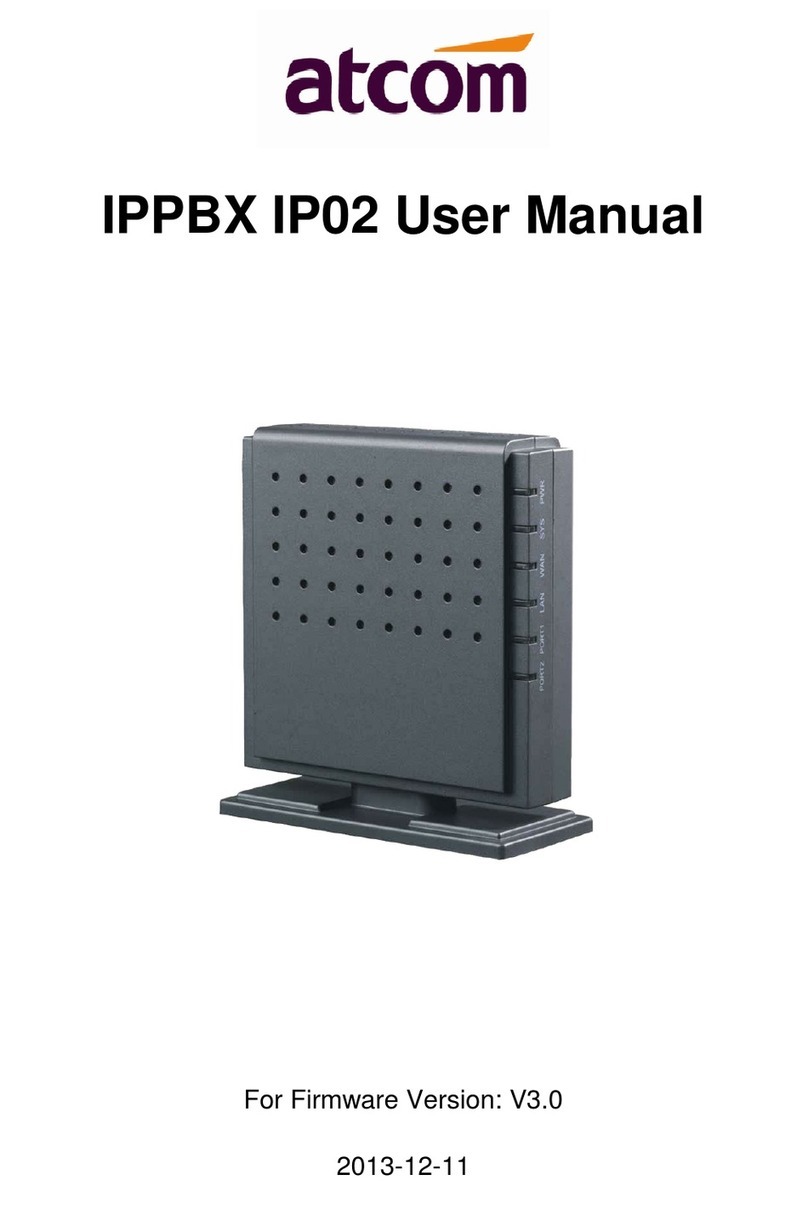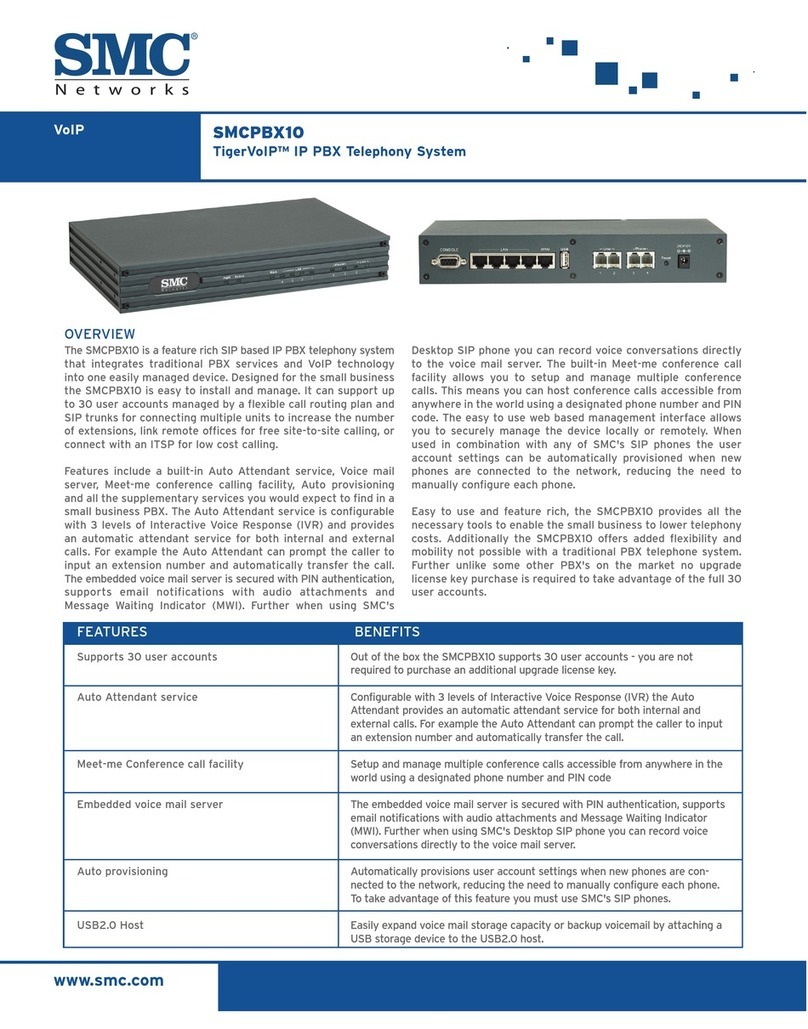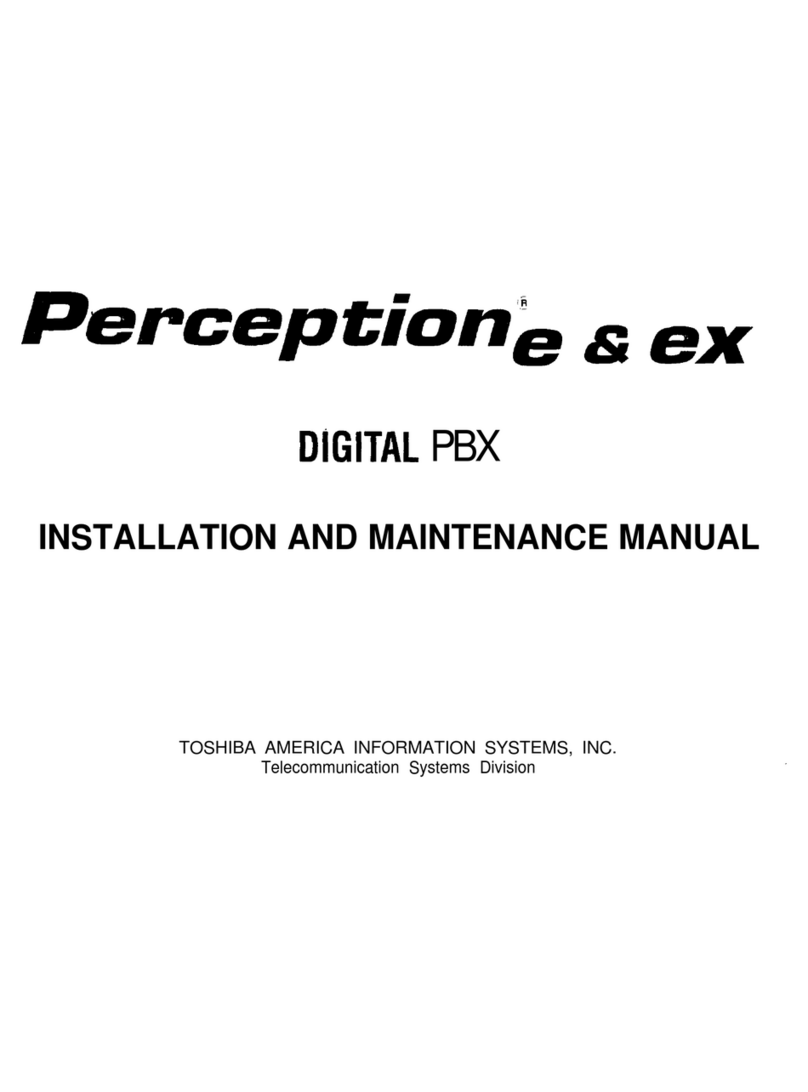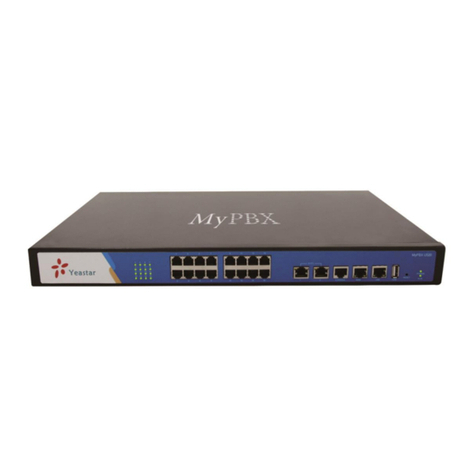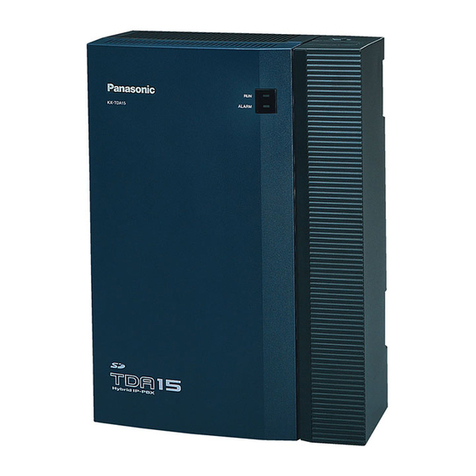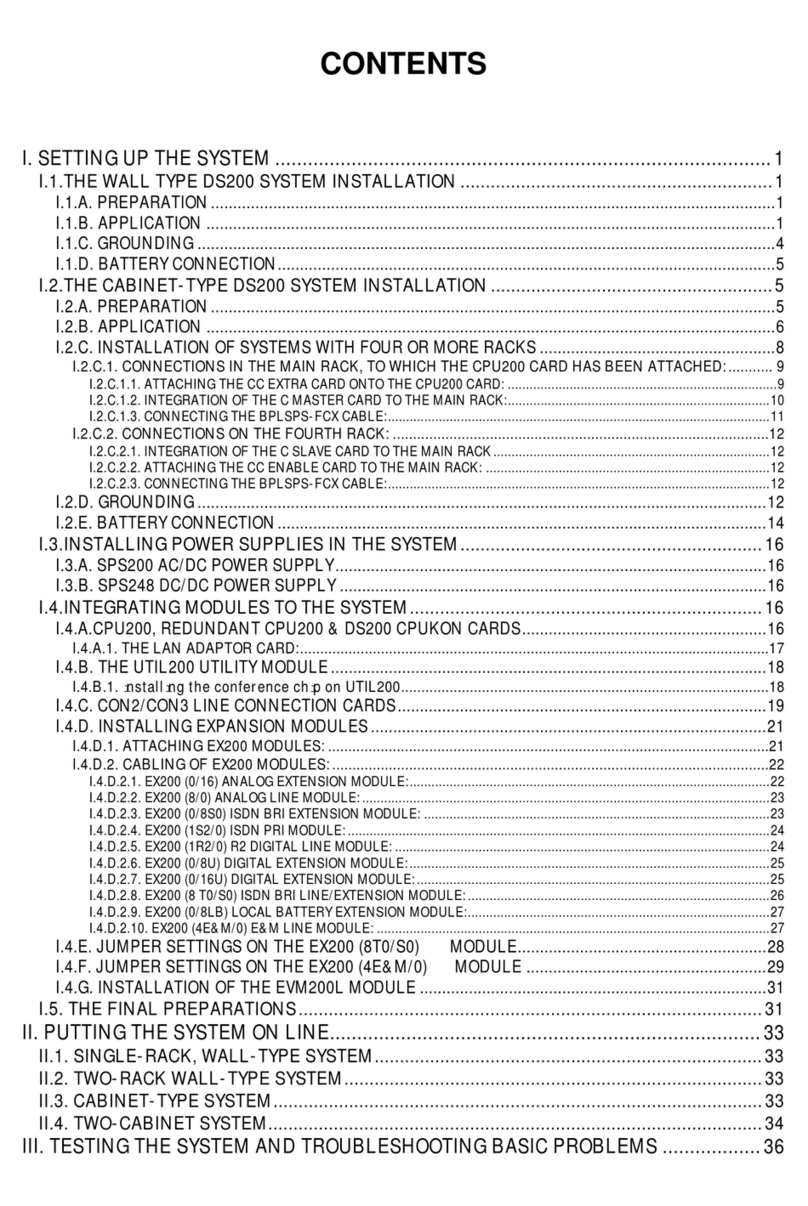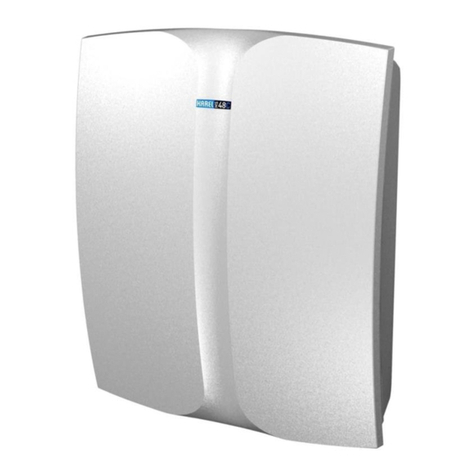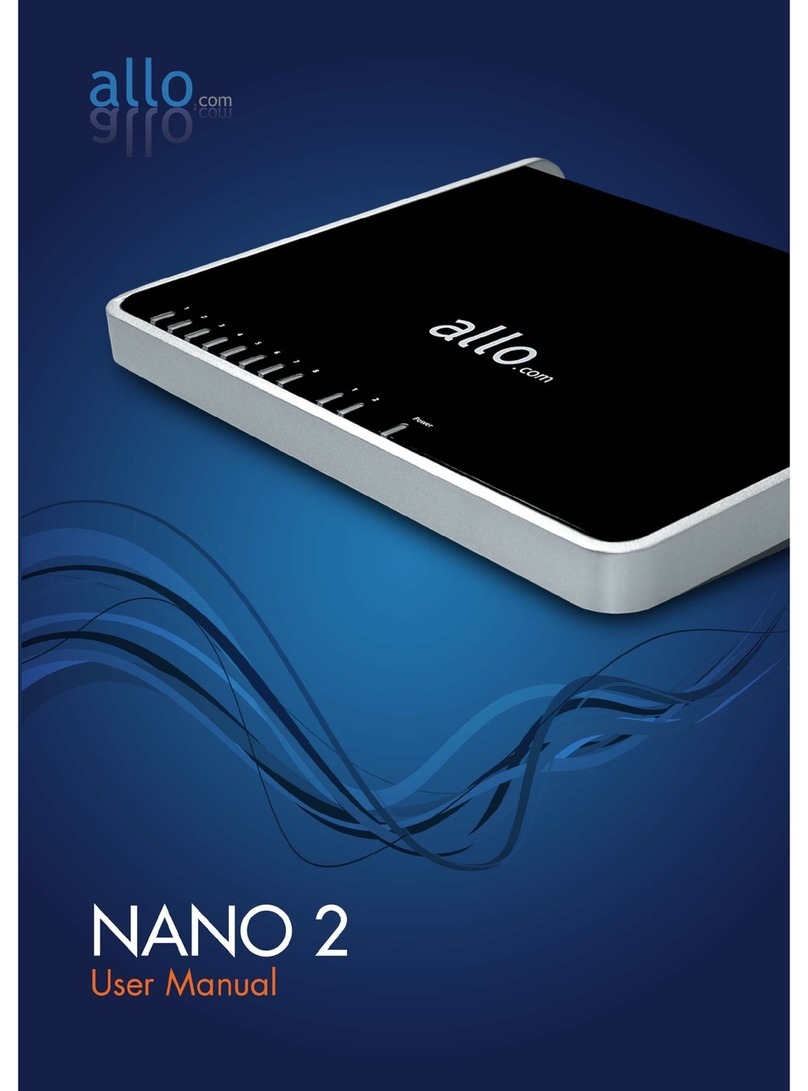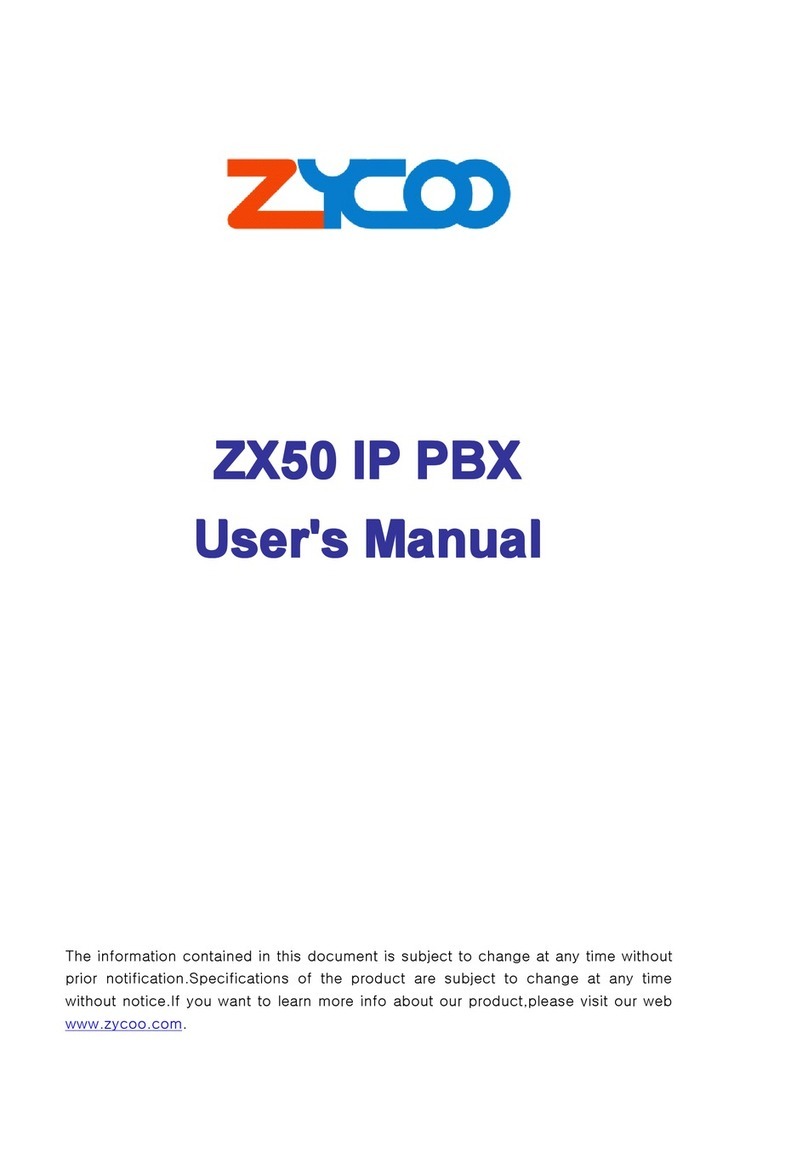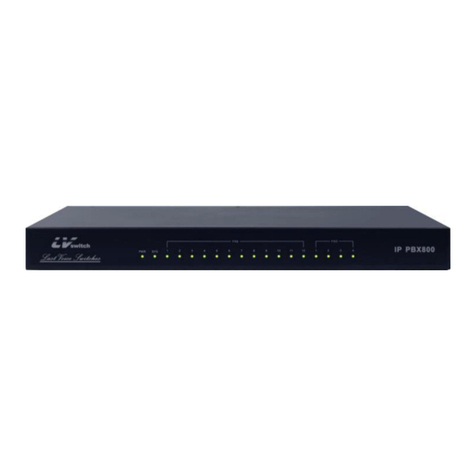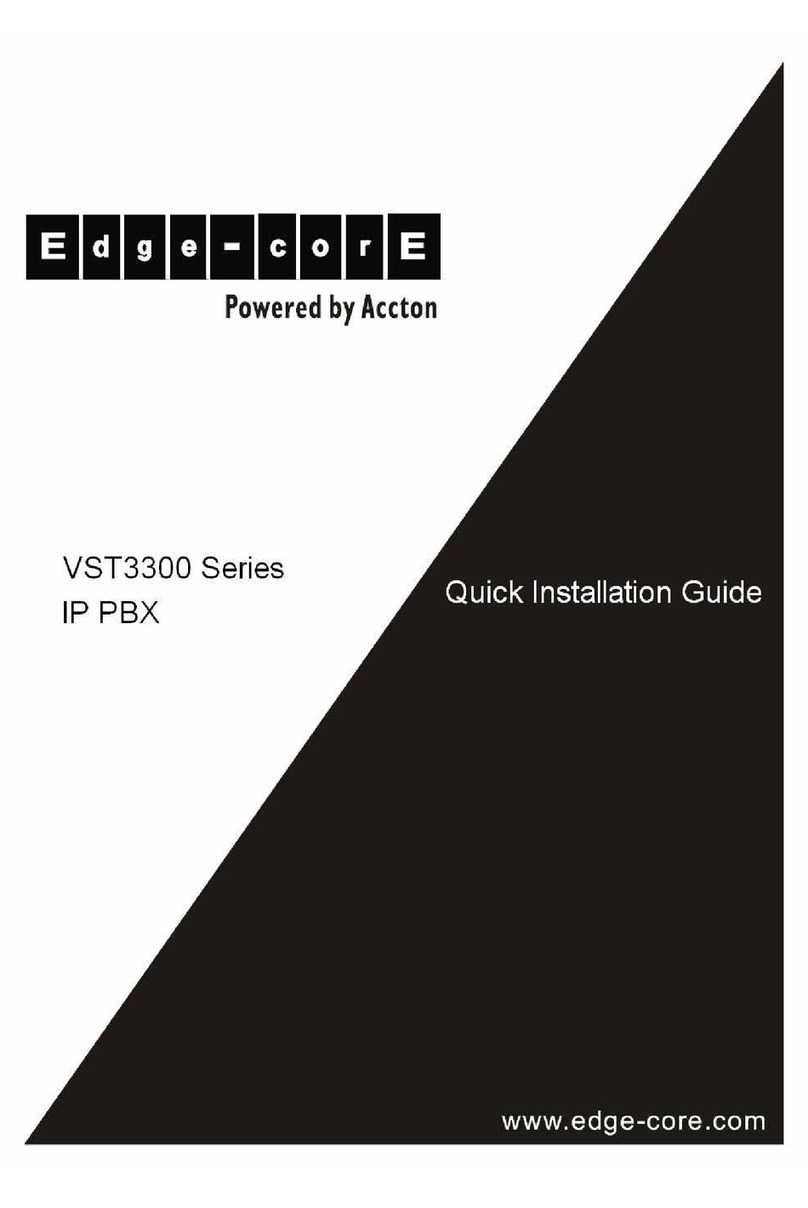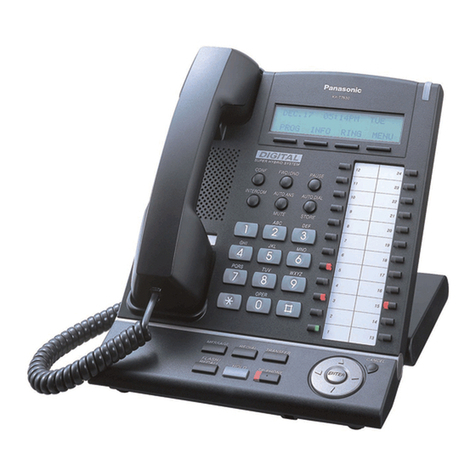VII
IV.3.C.1. THE POWER INVERTER....................................................................................................................... 47
V. CENTRAL PROCESSING MODULE - CPU & CPU CONNECTION CARD - CPUKON................ 48
V.1. DS200 ............................................................................................................................................ 48
V.1.A. CPU200 MODULE...................................................................................................................... 48
V.1.B. REDUNDANT CPU200 MODULE.............................................................................................. 50
V.1.C. DS200 CPUKON CARD:............................................................................................................ 50
V.1.C.1. EXTERNAL MUSIC CONNECTOR ......................................................................................................... 51
V.1.C.2. DOOR OPENER CONNECTORS ........................................................................................................... 52
V.1.C.3. KTS OUTPUT CONNECTORS ............................................................................................................... 52
V.1.C.4. PC OR SERIAL PRINTER CONNECTORS (RS232) .............................................................................. 53
V.1.C.5. HR08 POWER FAILURE TRANSFER STATION RELAY MODULE CONNECTOR ............................... 53
V.1.C.6. ALARM CONNECTOR ............................................................................................................................ 54
V.1.C.7. EXTERNAL PAGING CONNECTOR....................................................................................................... 54
V.2. DS200S & DS200M ....................................................................................................................... 55
V.2.A. CPU200S MODULE ................................................................................................................... 55
V.2.B. DS200S CPUKON CARD:.......................................................................................................... 56
V.3. DS200L .......................................................................................................................................... 57
V.3.A. THE PCU200 BLOCK................................................................................................................. 57
V.3.A.1. GENERAL INFORMATION...................................................................................................................... 57
V.3.A.2. COMMUNICATION.................................................................................................................................. 57
V.3.A.3. REDUNDANCY........................................................................................................................................ 58
V.3.B. THE CC MODULE...................................................................................................................... 58
VI. THE SWITCHING MODULE............................................................................................................ 60
VI.1. DS200-UTIL200 ............................................................................................................................ 60
VI.2. DS200S & DS200M ...................................................................................................................... 61
VI.3. DS200L ......................................................................................................................................... 62
VI.3.A. THE DCC (DIGITAL CROSS CONNECT) BLOCK ................................................................... 62
VI.3.A.1. THE DCC CHASSIS ............................................................................................................................... 63
VI.3.A.2. THE DCC BACKPLANE ........................................................................................................................ 63
VI.3.A.3. THE DCC POWER IN CARD.................................................................................................................. 63
VI.3.A.4. THE DCC UTILITY CARD ...................................................................................................................... 65
VI.3.A.5. THE DCC 8E1 INTERFACE CARD ....................................................................................................... 67
VI.3.A.6. THE SWITCHING STRUCTURE OF DCC ............................................................................................. 68
VI.3.B. THE NETWORK SWITCH......................................................................................................... 69
VI.3.C. EX200 UTILITY 4E1 CARD....................................................................................................... 69
VII. EXTENSION / LINE MODULES - EX200....................................................................................... 71
VII.1. CONNECTION CARDS AND CABLES ....................................................................................... 72
VII.2. EX200 EXPANSION MODULES ................................................................................................. 75
VII.3.A. EX200 (0/16R) ANALOG EXTENSION MODULE ................................................................... 76
VII.3.B. EX200 (0/16C) ANALOG EXTENSION MODULE ................................................................... 76
VII.3.C. EX200 (8+/0) ANALOG EXPANDABLE LINE MODULE WITH CALLER ID ........................... 77
VII.3.D. EX200 (0/8S0) ISDN BRI EXTENSION MODULE................................................................... 77
VII.3.E. EX200 (1E1/0) PRI /R2 /QSIG SWITCHABLE E1 LINE MODULE......................................... 78
VII.3.F. EX200 (1CAS3B/0) CAS3B DIGITAL LINE MODULE ............................................................. 78
VII.3.G. EX200 (0/8KoU) DIGITAL EXTENSION MODULE.................................................................. 79
VII.3.H. EX200 (0/16KoU) DIGITAL EXTENSION MODULE................................................................ 79
VII.3.I. EX200 (8 T0/0) ISDN BRI LINE MODULE ................................................................................ 79
VII.3.J. EX200 (0/8LB) LOCAL BATTERY EXTENSION MODULE...................................................... 79
VII.3.K. EX200 (4 VoIP) VOICE OVER IP MODULE ............................................................................ 80
VII.3.L. EX200 (8 VoIP) VOICE OVER IP MODULE............................................................................. 80
VII.3.M. EX200 (16 VoIP) VOICE OVER IP MODULE.......................................................................... 81
VII.3.N. EX200 (4TWT) SPECIAL DUPLEX LINE MODULE ................................................................ 81
VII.3.O. EX200 (8TWT) SPECIAL DUPLEX LINE MODULE................................................................ 82
VII.3.P. EX200 (4E&M/0) E&M LINE MODULE .................................................................................... 82
VII.3.Q. EX200 (8E&M/0) E&M LINE MODULE.................................................................................... 87
VII.3.R. EX200 (4PLC/0) PLC LINE MODULE...................................................................................... 87
VII.3.S. EX200 (ALARM) ALARM MODULE ......................................................................................... 88
VII.3.T. EX200 (MGW1) MEDIA GATEWAY MODULE ........................................................................ 89
VII.3.U. EX200 (MGW2) ADVANCED MEDIA GATEWAY MODULE................................................... 89
VIII. THE AUTO ATTENDANT AND VOICE MAIL MODULE – EVM200L.......................................... 90
